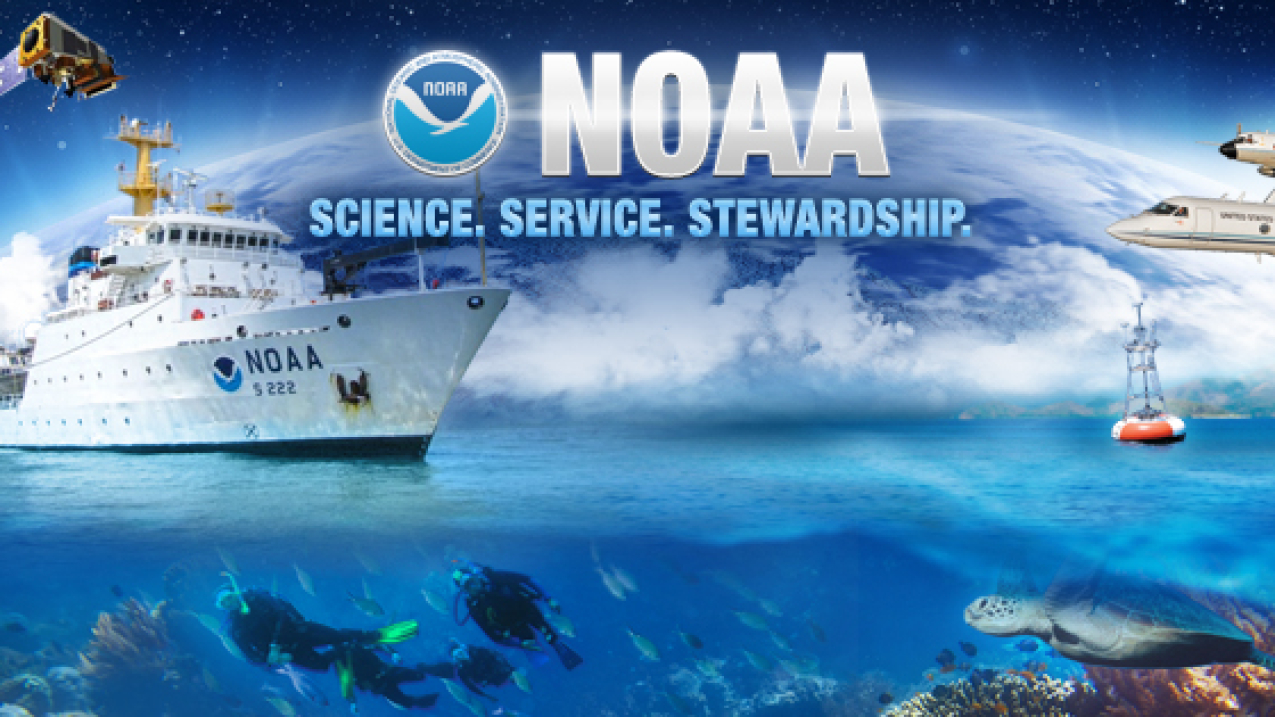NOAA is America’s environmental intelligence agency. We provide timely, reliable, and actionable information — based on sound science — every day to millions of Americans. NOAA’s products and services are used by decision makers around the country to better understand risk and prepare for the future. We’re helping people, communities, businesses, and governments make smart decisions that directly impact the future of society, the economy, and the environment. The demand for products and services that NOAA provides continues to increase — from the daily weather forecast to seasonal drought outlooks, to decadal sea level rise projections, and much more.

NOAA's mission of science, service and stewardship spans from the surface of the sun to the depths of the ocean. (Image credit: NOAA)


